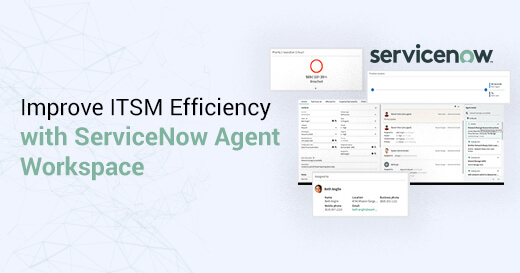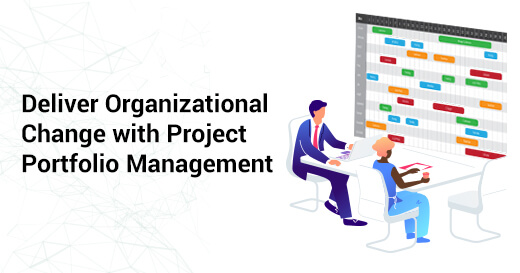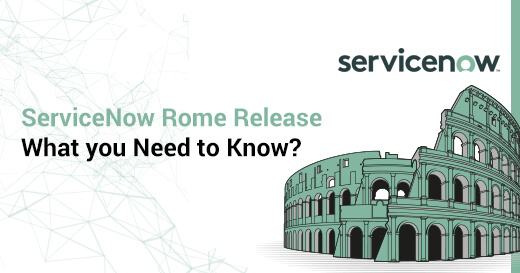AEM for Personalized Ecommerce Website Content
Written by Vijaya Shanthi Katikitala
Business AnalystWith more businesses expanding in the digital space, there is an increasing need to manage and optimize the content on this interface. Delivering contingent customer experiences is a smart way to stand out from the crowd in a hyper-competitive business landscape. Customers crave highly personalized experiences across touchpoints and drift towards the brands that recognize them as individuals at every step of their journey.
By leveraging a reliable Content Management System (CMS), you can manage content in a more accessible way to render on any channel, put your competitors behind, and pave the way for flawless customer experience. Leveraging digital content sources such as images, videos, apps, and documents help you to keep your customers informed and maintain relationships with partners and vendors.
In this blog, we will glimpse through the factors that make Adobe Experience Manager (AEM) a preferred CMS among enterprise users. Adobe Experience Manager is a highly capable and widely used content management system. It is one of the leading digital experience management solutions that can design and deliver quickly adaptable experiences across the web, mobile, or any endpoint . It allows organizations to create unique and custom digital experiences, personalized to the individual user, helping to get the right message to the right person at the right time.
In today’s digital world, personalized experiences have become the new standard of customer engagement. AEM delivers world-class digital experiences with a solution that evolves with emerging requirements and resources. AEM comprises five modules - Sites, Assets, Mobile, Forms, and Communities, which streamlines website content management and delivery. These modules can provide a one-stop solution for all your needs, from building websites to managing your marketing assets.
AEM Assets
AEM provides a tailored asset management approach for businesses to manage the assets the way they want. It is a cloud-native Digital Asset Manager (DAM), which is a universal asset repository where website assets are stored in one place. They are readily available to AEM authors, helping them to manage images, PDFs, word documents, spreadsheets, video, audio, and more. It is used as a standalone repository or in conjunction with Sites. Assets enable customers to have a close view of products with 360-degree views and color swaps, manage metadata, and integrate with Adobe Creative Cloud.
AEM Sites
With its omnichannel foundation, Adobe Experience Manager Sites can create the right content for every channel, every device, and every customer. AEM Sites increase flexibility with ready-made styles, tailored page layouts, master editing, drag and drop interface, language manager, modify single-page applications, and integration with AEM Assets. AEM Sites allow an interactive web experience on any device.
AEM Component Development
It has components that are critical to building a comprehensive digital strategy to meet the client's requirements. Developers have their way of writing code and are equipped to code components according to AEM practices. Components are modular units to present content on a website that are reusable. Core components in AEM are flexible and advanced and use the latest technology like HTL. The responsive and reusable components enhance the user experience across all touchpoints.
AEM Forms
Adobe has come up with the advancement of converting traditional paper-based Forms into Experience Manager Forms. It is Adobe Experience Manager’s capability that helps your Form and document process efficient and automated. AEM gives Form components out-of-the-box. With AEM Forms, you can create themes, which contain styling details such as background color, alignment, size, etc. AEM Forms can be integrated with Adobe Target, Adobe Analytics, and Adobe Campaigns. Developers can create adaptive Form components. It gives customers mobile-responsive Forms that are prefilled with data from the database. And we can see who, where, and when customers leave the website and re-target them to increase the conversion rate. The rule editor feature in AEM Forms streamlines form filling experience, ensuring accuracy and speed. Once the Form is submitted, it goes through a process that may also integrate with other third-party backend systems.
AEM Mobile
The mobile app development and management platform within AEM allows you to create and deliver mobile apps for all devices and integrate your apps into your overall marketing strategy from a single view. AEM Mobile is the combination of Adobe’s digital publishing solution and AEM app capability within the addition of the apache cordova framework. They are merged to make the process of app design, development, authoring, and deployment seamless end-to-end. It has built-in integrations with Adobe Analytics.
Some of the Key Benefits Delivered by AEM are
- Digital Asset Management: Adobe Experience Manager comes with built-in Digital Asset Management that allows you to store your content such as images, videos, and documents in a folder and manage your assets on the cloud, enabling the team to access files from multiple locations.
- Cloud Integration: Cloud integration is a part of Adobe Marketing Cloud. You can take advantage of its creative cloud integration connecting DAM and the marketing side of the business. You get simplified workflows and can deliver high-quality content that is in sync with your company’s identity.
- Improved Search: Adobe Experience Manager uses an intelligent search approach to help you find the information that you need at any given time. You can add metadata and tags to files uploaded in the cloud allowing easy access. It facilitates finding the correct media files for any situation.
- Video Variety: Brands can utilize Adobe Experience Manager to showcase their products with interactive videos across multiple screens. By this, you can leverage customer experience and improve brand loyalty.
- Personalized Content: Adobe Experience Manager provides a platform to deliver rich, personalized experiences to your customers across geographies and cultures with content that delights your customers.
AEM is used by numerous multinational organizations as their Content Management System. AEM allows you to manage every aspect of the experience that your brand presents to customers across all digital channels and simplifies asset management by giving you the ability to use all your marketing assets in every digital channel. Royal Cyber helps to customize your digital business experience that will build brands, drive demand, and facilitate outreach. Our AEM experts help to deliver exceptionally unique experiences to your customers and gain customer loyalty.




5 Comments
Thanks for publishing the informative blog. Really a helpful blog.
Your Blog was Very Helpful to Corporate Business.
Thanks a lot for sharing such a wonderful post.
Thanks for sharing such an amazing content with us.
Very informative blog and i will definitely read all your future post, and also i recommend you to others.